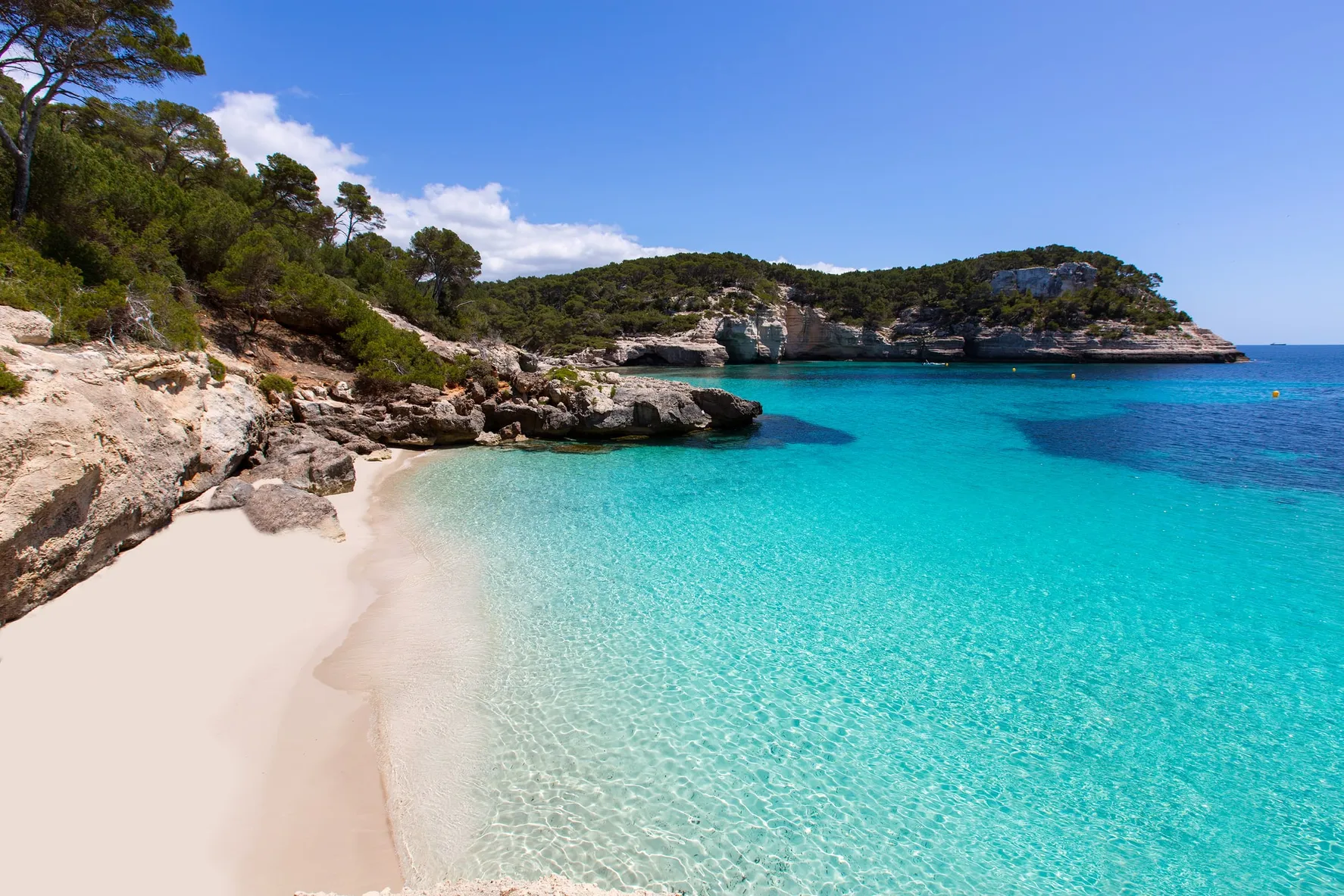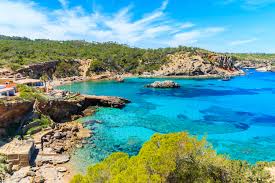norman.comfort@getcomfortable.co.uk, or talk to me on 07530 708125. Let's do this.....
The Balearic Islands
The Balearic Islands are located in the Mediterranean Sea off the eastern coast of Spain (on the right hand side, Ibiza being the nearest and Mallorca being the largest having 80% of the region’s population). There are four Balearic islands – Mallorca, Menorca, Ibiza, and Formentera.

Although they might not be as widely recognized as some other wine regions in Spain, tourism in the area has driven the popularity of local wines and raised awareness internationally. There are two critical DO’s to recognize in the region – DO Binissalem in Mallorca, and DO Pla i Llevant in Majorca, then 6 other recognized regions producing wine without DO status.
History:
The islands were inhabited as early as 3000 BC. However, winemaking probably took off when the Balearic Islands came under Roman control in the 2nd century during the Punic Wars. Roman influence brought significant infrastructure development, including roads, cities, and agriculture. The islands became an important agricultural and trade hub within the Roman Empire. Following the fall of the Roman Empire, the islands were conquered by Moorish forces. The Moors introduced new agricultural techniques, irrigation systems, and cultural influences, leaving a lasting impact on the islands’ wine history. The Balearic Islands were gradually reconquered by Christian forces from the Crown of Aragon in the 13th century, marking the beginning of Spanish rule. The islands became part of the Kingdom of Spain and later the modern Spanish state.
Geography and Climate:
Mediterranean climate, characterized by hot, dry summers which can reach 30 degrees C, followed by mild winters averaging 12 degrees C. Mallorca and Menorca are slightly warmer islands. Rainfall ranges from 600mm at lower levels to 1500mm at high altitude, particularly in the mountain range, Serra de Tramuntana. Weather temperatures are regulated by the Tramontana wind that is very prevalent in the area. The Serra de Tramuntana mountain range in Menorca offers protection against the Tramontana as well as better aspect opportunities.
Vineyards outside of the DO’s are often situated in coastal areas, benefiting from the moderating influence of the sea.
Soils have a significant level of Limestone as you would expect from such small islands with top layers of gravel forming close to the mountains and clay (terra rossa) being found closer to the coast.
Grape Varieties:
Indigenous grapes feature heavily in wines from the region, though they are often blended with international grape varieties to balance some of their characteristics (high alcohol, low acidity etc).
Red:
Callet (a cross between “Fogoneu” and “Callet Cas Concos”) is widely planted with approx 140 hectares under vine. Callet – late-ripening, low in alcohol, mid to high acidity, with soft tannins and lighter fruits
Manto Negro – thick-skinned, mid to late ripening, high in alcohol, prone to oxidation, dark fruit flavors.
Fogoneu – thin skins, pale color, lighter acidity and body recognized as being very similar to Gamay. Is very rare / low plantings often used for blending purposes
White:
Prensal Blanc – (otherwise known as Moll) thin-skinned, low acidity hence blending with international grape varieties (e.g. chardonnay or acidification), Macabeo (Viura), Chardonnay. Around 70 hectares under vine
Wine Regions and Producers:
DO Binissalem-Mallorca: One of the key wine regions in Mallorca and the first DO, awarded in1990. Benefits from temperature regulation from foothill mountain shading, which also means vines have some altitude typically between 70 to 140 meters, adequate rainfall of 550mm, All styles are permitted through 2/3 of production is red.
DO Pla i Llevant: Another significant wine region in Mallorca, producing a variety of wines. Rainfall is lower at just 450mm, lower latitude, limestone with red clay, exposure to wind.
Quality and Recognition:
While the wines from the Balearic Islands may not have the international recognition of regions like Rioja or Priorat, they are gaining attention for their quality and unique character. Sustainability is a significant trend among winemakers on the islands
Key producers –
4 Kilos
The name “4 Kilos” translates to “4 Kilograms,” which is a reference to the initial investment made by the founders when they started the winery. Established in 2006 by Francesc Grimalt and Sergio Caballero, 4 Kilos has quickly gained recognition for its innovative approach to winemaking and its commitment to producing high-quality wines that reflect the unique terroir of Mallorca.
The founders, Grimalt and Caballero, are both renowned figures in the Spanish wine industry.
4 Kilos Vinícola is known for its focus on indigenous grape varieties, particularly Callet, Manto negro, and Fogoneu, which are native to Mallorca. The winery produces a range of wines, including reds, whites, and rosés, each crafted with precision and care. One of their flagship wines is the “12 Volts,” a red wine made primarily from Callet grapes, with smaller proportions of other local varieties. This wine is known for its bold flavors, vibrant acidity, and smooth tannins, making it a favorite among wine enthusiasts.
Biniagual
Biniagual is a notable wine producer located in Mallorca. The history of Biniagual dates back centuries, with the estate tracing its origins to the 13th century when it was established as a farming community by the Knights Templar. In addition to its commitment to quality winemaking, Biniagual places a strong emphasis on sustainable and environmentally friendly practices. The estate follows organic and biodynamic principles in its vineyard management, minimizing chemical inputs and promoting biodiversity.
One of the defining characteristics of Biniagual is its dedication to preserving Mallorca’s indigenous grape varieties. The estate’s vineyards are planted with a diverse range of grape varieties, including native Mallorcan grapes such as Manto negro, Callet, and Prensal Blanc.
The estate’s flagship wine is the “Biniagual Negre,” a red wine crafted primarily from Manto Negro grapes, with smaller proportions of Cabernet Sauvignon and Syrah. This wine is known for its deep color, complex aromas of ripe fruit and spices, and elegant, well-structured palate.
Map:


